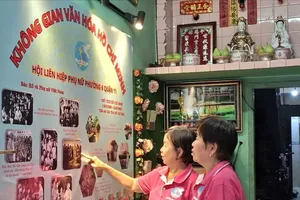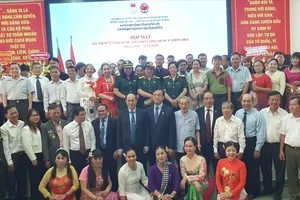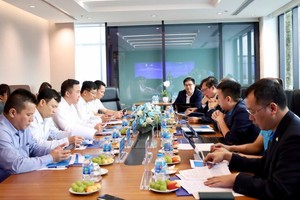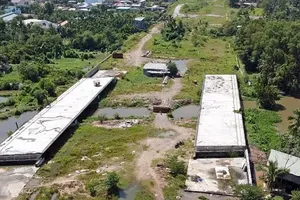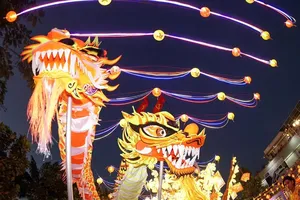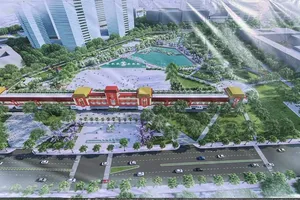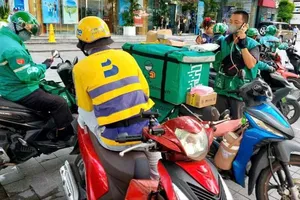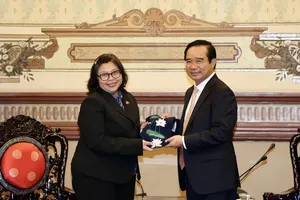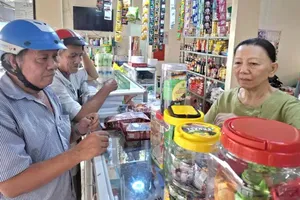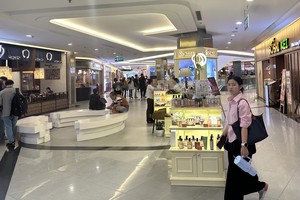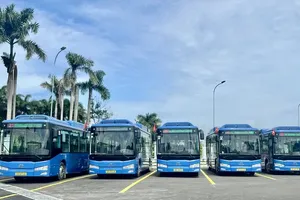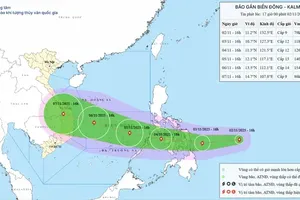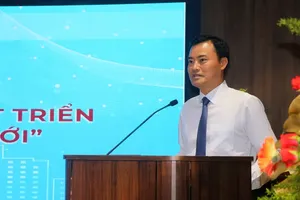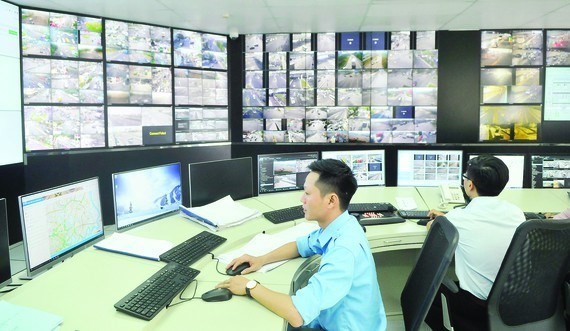
Solutions have been applied for various traffic problems in the city. For example, to address safe traffic flow across the Saigon River Tunnel, experts have proposed extending the timing of traffic signals at nearby intersections and providing traffic police officers to help regulate vehicle flow.
In recent years, Vo Van Kiet Avenue, especially at Saigon River Tunnel section crossing District 1 and District 2, has seen sudden surges of vehicles. A report from the Saigon River Tunnel Management Centre found that the volume of vehicles passing through the tunnel from 2012 to 2019 had increased rapidly, from five million in 2012 to nearly 19 million in 2019.
The number of vehicles is expected to increase as Vo Van Kiet Avenue remains the fastest main route to the city centre from the east where many residential areas have been built.
Recently, the city upgraded the Saigon River Tunnel Management Center to the HCMC Urban Transport Management Centre (TMC) that manages Vo Van Kiet and Mai Chi Tho avenues and other roads in the city that experience traffic jams.
Dang Minh Nam from TMC said that 752 surveillance cameras operating round-the-clock have been installed at numerous traffic hotspots.
At TMC, 30 employees, divided into three shifts, constantly monitor traffic, control the signal system and traffic flows, and provide locals with timely traffic information as well as help with the handling of violations.
TMC Director Doan Van Tan said that when traffic incidents occur, TMC officers on duty contact traffic police in the area or even the fire department.
“Most officers working at TCM have a background in telecommunications engineering and information technology. They have to keep their eyes glued to the camera system and observe all traffic situations.
For example, at the end of 2019 when a car crashed into a median strip of Saigon River Tunnel, TMC officers immediately contacted relevant authorities and unexpectedly discovered a large-scale cigarette smuggling case,” Tan said.
Artificial Intelligence
According to the city Department of Transport, smart transport is key to development of a smart city. Apart from solutions to reduce traffic jams, expensive infrastructure solutions such as developing a large capacity public transport network will also be needed.
Tran Quang Lam, director of the city Department of Transport, said that TMC is responsible for monitoring urban traffic.
Since 2016, the department has invested in and upgraded many CCTV cameras, electronic traffic information boards VMS, and traffic light systems connected to TMC.
Efficient application of information technology to solve traffic congestion and accidents are components of the first phase of the city’s roadmap for a smart transport system.
To optimise management, TMC in 2019 began using a simulation model that forecasts traffic situations in HCMC that help to improve planning of public transport infrastructure projects.
The department has also promoted the use of IT in managing and operating public transport, including centralised buses; creation of the website www.buyttphcm.com.vn and BusMap7 mobile application; a bus operation information system through online bus information boards at 171 bus stops.
The department has collaborated with Zion Company and VietBank to install an automatic payment system for buses. The system is being used on 13 bus routes with 163 vehicles, while 3,637 smart (cashless) cards have been issued to bus riders.
A programme called Future Global City has also been implemented with an aim to build a complete technical standard framework for smart ticket systems for public transport.
Managed by the municipal Department of Transport and the British Consulate in HCMC, the programme allows passengers to use one electronic ticket for all types of public transport such as buses, the metro, and BRT.
Lam emphasised the importance of artificial intelligence (AI) in improving the efficacy of urban traffic management. With data pulled from the traffic forecast system, AI will help analyse traffic behaviours, predict potential traffic incidents, optimise traffic flows, and suggest more efficient traffic routes.
At the same time, AI will also help with research and development of unmanned vehicles and management and maintenance of traffic systems, among other areas.
